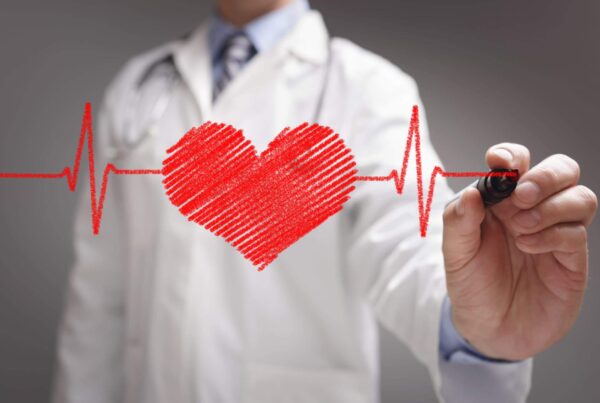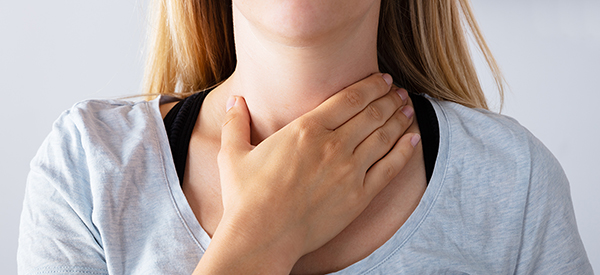Motion sickness occurs when your brain can’t make sense of information sent from your eyes, ears and body. Lots of motion — in a car, airplane, boat, or even an amusement park ride — can make you feel queasy, clammy or sick to your stomach. Some people vomit. Being carsick, seasick or airsick is motion sickness.
An estimated one in three people get motion sickness at some point. Women, and children age two to 12 are most at risk. Still, the condition can affect anyone.
Your brain receives signals from motion-sensing parts of your body: your eyes, inner ears, muscles and joints. When these parts send conflicting information, your brain doesn’t know whether you’re stationary or moving. Your brain’s confused reaction makes you feel sick.
For example, when riding in a car, your:
- Eyes see trees passing by and register movement.
- Inner ears sense movement.
- Muscles and joints sense that your body is sitting still.
- Brain senses a disconnect among these messages.
Many actions can trigger motion sickness, such as:
- Amusement park rides and virtual reality experiences.
- Reading while in motion.
- Riding in a boat, car, bus, train or plane.
- Video games and movies.
What are the symptoms of motion sickness?
Motion sickness can take you by surprise. You may feel fine one moment and then suddenly experience some of these symptoms:
- Cold sweats.
- Dizziness.
- Fatigue.
- Headache.
- Irritability.
- Inability to concentrate.
- Increased saliva, nausea and vomiting.
- Pale skin.
- Rapid breathing or gulping for air.
Motion sickness doesn’t tend to cause serious problems. Rarely, some people can’t stop throwing up. Excessive vomiting can cause dehydration and low blood pressure (hypotension).
These actions can lower your chances of getting sick or ease symptoms if they occur:
- Herbs: Breathe in soothing mint, ginger or lavender scents. Suck on hard candies made with peppermint or ginger.
- Diet and drink: Drink plenty of water. Choose low-fat, bland, starchy foods before traveling. Avoid heavy meals and greasy, spicy or acidic foods that can upset your stomach. Don’t drink alcohol or smoke.
- Fresh air: Direct air vents to blow toward you. And roll down windows in cars.
- Distant gaze: Put down the phone, tablet or book. Instead, look at an object in the distance or at the horizon.
- Lie back: Recline, if possible, and close your eyes.
- Pressure points: Wear acupressure wristbands.
You should always face forward when traveling. Where you sit can also make a difference to minimize disruptive motion:
- Boat: Sit in the middle of the boat on the upper deck.
- Bus: Choose a window seat.
- Car: Sit in the front passenger seat.
- Cruise ship: Book a cabin toward the front or middle of the ship. If you can, choose one on a lower level, closer to the water.
- Plane: Sit in the wing section.
- Train: Choose a forward-facing window seat.
Motion sickness can make traveling stressful and unpleasant. But symptoms should go away when you stop moving.
Almost everyone feels motion sickness at some point. The queasiness and nausea may make you throw up. You can’t always escape the movement that’s making you sick, especially when traveling. If you’re prone to motion sickness, talk to your healthcare provider about ways to prevent getting sick and what to do if you get sick. You can take steps to have a better travel experience without the need for a barf bag.
You should call your healthcare provider if you experience:
- Chronic, persistent nausea or vomiting.
- Motion sickness symptoms when you’re not involved in a moving activity.
- Signs of dehydration.
Your healthcare provider asks you to describe your symptoms and what brings on these symptoms. Your healthcare provider may also perform a physical exam and check your eyes and ears.
https://my.clevelandclinic.org/health/articles/12782-motion-sickness




